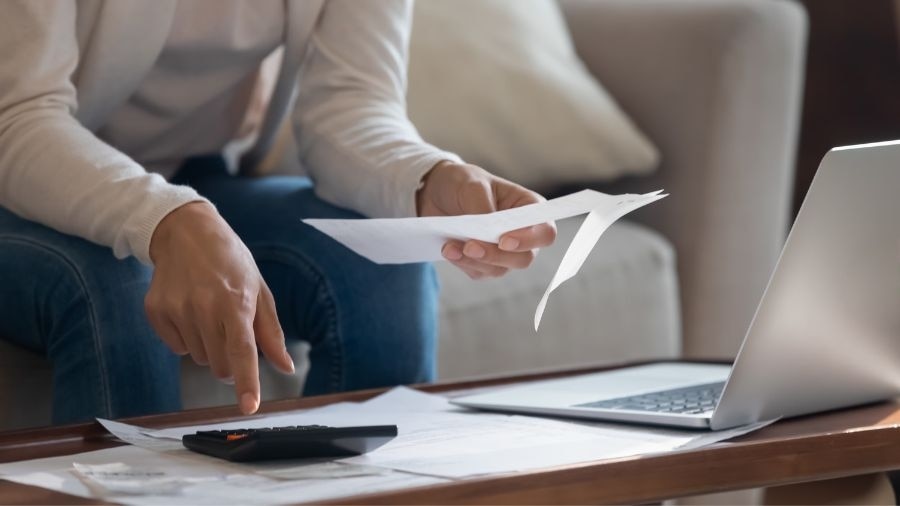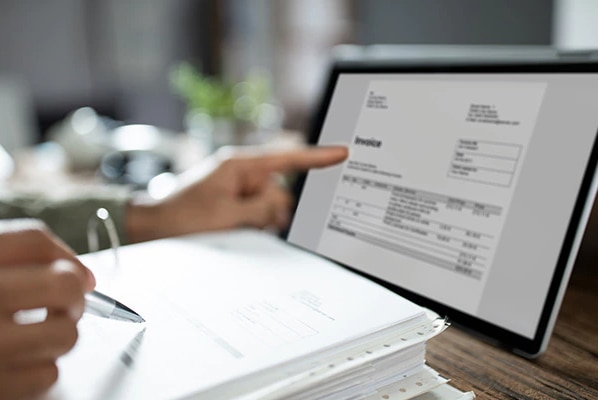Don’t Complicate Things, Keep Your Terms Straightforward
When it comes to the language on the invoice, sometimes a customer might not know what the term “net 30” means. Instead, you can change it around to “30 days” so that there isn’t any confusion. You could also make things clear and straightforward by indicating the exact invoice due date of when the payment must be made.
Keep your terms simple and straightforward. If you use double negatives or industry jargon within the invoice, you could make your terms unnecessarily convoluted, confusing the customer and inadvertently causing payment delays.
While it might take a little extra time to create the invoice, you should include a detailed description of what work you performed. You should also consider itemizing your invoice so they specify what is being charged in the invoice. This will help make sure that the customer understands what was done and how much they were charged for for your services rendered.




